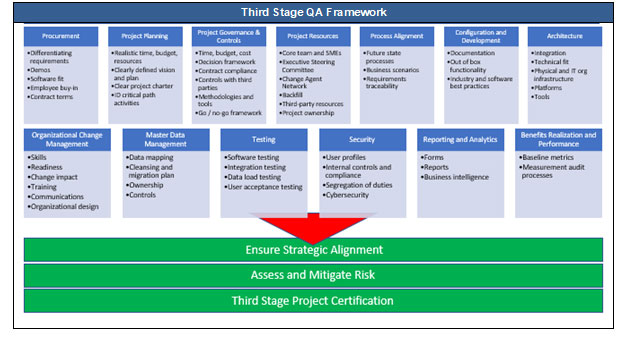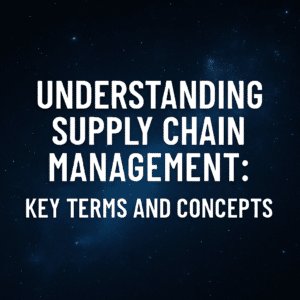First off- you are not alone. Failing in your digital transformation is certainly not ideal, however, with the vast number of transformation failures that have occurred over the years, solid remediation methods have been developed, as well.
To start, you should congratulate yourself on completing the first step of recovery. The first step, similar to other popular recovery programs is realization. Realizing your transformation is in trouble is often the most difficult step, so congratulations on making it here! Since you realize there is a problem it can be fixed. The majority of absolute horror stories on transformation failures stem from the lack of companies realizing their project was in danger in the first place.
As you begin to rescue your digital initiative, consider these steps:
Run an Initial Assessment: For this step, you will want to start by identifying the impacts of failure, several of which are probably what initiated concerns in the first place. Ideally, you will want to take an overall assessment, using a framework similar to that outlined below:

This ensures that you understand how large the problem is before trying to fix anything. You will also want to document your findings. For example, if you realize that business processes are not aligned with the system design, document some examples. If data fields are not transferring, notate some specifics.
Identify the Root Cause(s) of Failure: The issues that you have documented are the result of “something”. This is where it can get tough, as the root cause may not be immediately evident and maybe several layers deep. Suppose you have identified that users are consistently failing at acceptance testing. This could be the result of improper system design, an ineffective testing process, an ineffective change management structure, or something else. This is why you will need to take the cumulative documentation from the above tasks and look for commonalities. If you are finding too many causes of the issue, keep looking for something deeper.
Two of the more critical root causes we find are surrounding ERP budget and executive alignment. If an improper budget has been allocated to the project, there will be a domino effect of issues and recovery will not be possible with the existing budget. Likewise, if there is misalignment across the executive team or other stakeholders, competing initiatives will override successful decisions and failure will be inevitable until everyone is aligned.

Create a Recovery Plan: If you are on the road to failure, you need to change direction. This is difficult for many managers to accept; you will need to replan your implementation from the point of failure. You may need to take two or three steps back in order to begin moving in the right direction. Many of the templates and timelines will need to be adjusted, resources may need to be replaced and budgets will need to be reassessed. Let me restate this: Your existing project budget is no longer valid and needs to be reset. CFO’s maybe cursing right now, but look to the endgame and the ROI that will come from a successful implementation, even with some additional dollars thrown into the budget. The other option may be to stall or postpone the implementation if funds are not there, but do not continue spending money on a failing project (good money after bad never works).
Take Action: It is one thing to plan out a recovery, but it’s another to complete one. It becomes difficult for people to effectively start over, and often takes an increased level of guidance, motivation, and organizational change management efforts. It also takes a team effort. Think about moving, how you look at the clutter and masses of “stuff” sprawled across your apartment, thinking it will never happen. Then a friend shows up, and then another, and all of a sudden the truck is being loaded and you can envision victory. The same goes with your digital transformation recovery.

Recovery is difficult. More than likely you will need help through the process and hiring a consulting firm that specializes in project assessment and recovery could be the key to success. I recently spoke with a company that has failed three times in implementing new technology, and they are now going for attempt number four. The final piece of advice here is to learn from your mistakes. If you keep falling off the horse you absolutely should get back on, but hire a trainer so you don’t keep falling! Please feel free to reach out to me regarding any questions regarding triaging your digital transformation.





